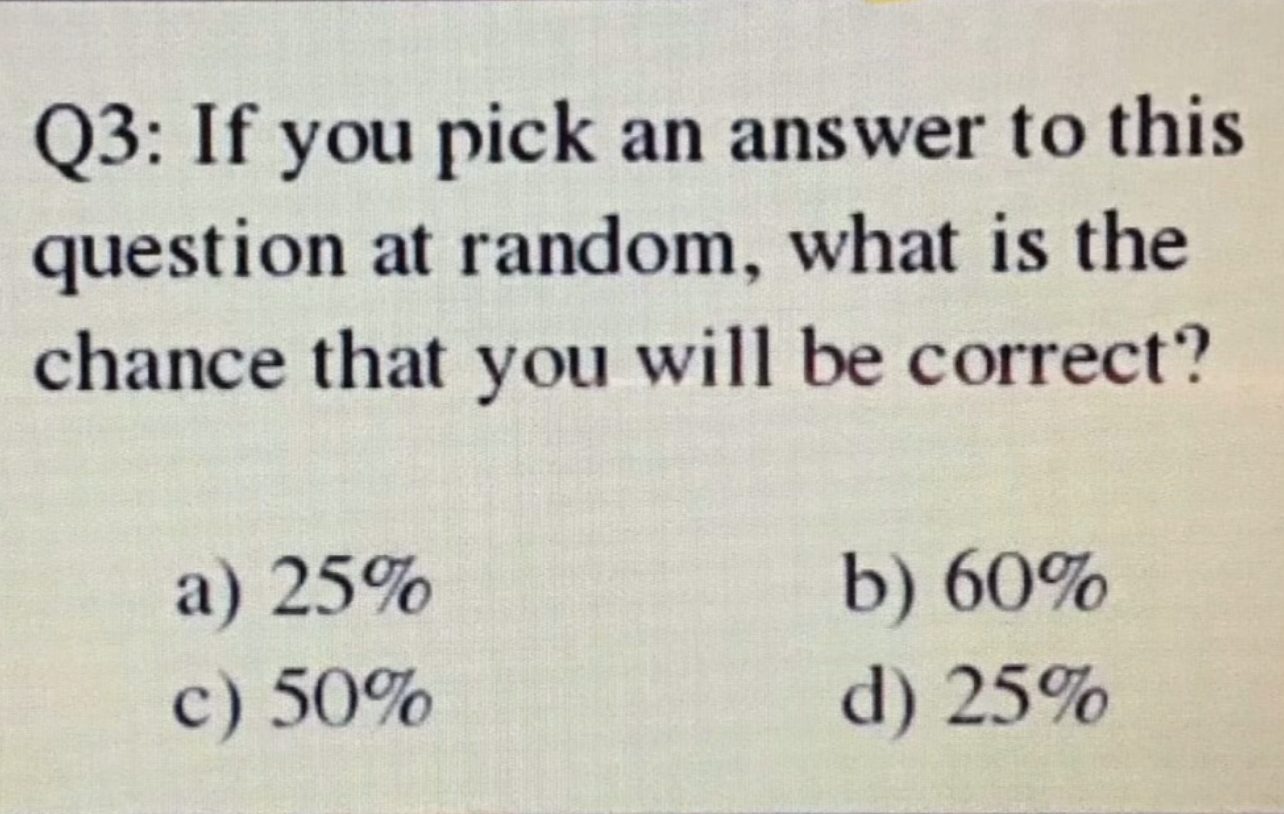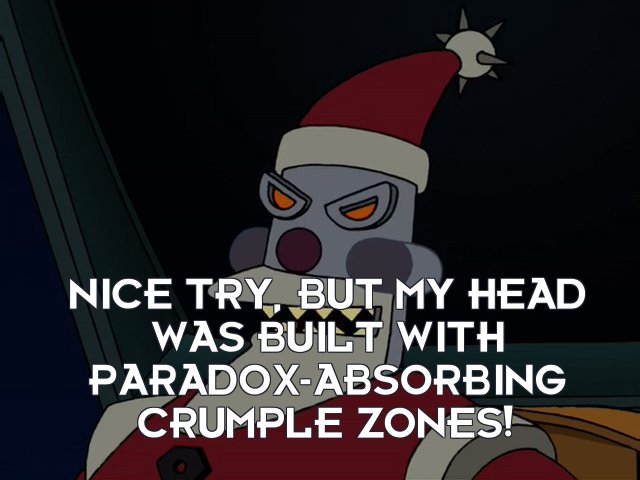You can never answer this question correctly. If the correct answer is 25% there's a 50% chance you guess correctly but that would make the 25% wrong.
But if the answer is the 50% then it implies that 25% is correct which implies that 50% is wrong.
We reach a contradiction for both 25% and 50% making the correct answer to make the whole statement truthy 0%.


